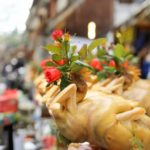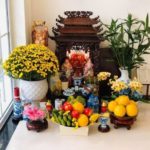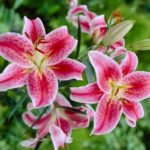In Vietnamese culture, worshipping the God of Wealth (Thần tài) holds a special place compared to ancestral worship. Vietnamese people usually worship ancestors and Buddha, but the worship of Thần tài has only become popular in recent decades. Worshiping Thần tài is a common practice in many companies, households engaged in business, shops, and hotels. Thần tài governs wealth and fortune, attracting financial luck and helping the host to prosper and succeed.
Because Vietnamese people are accustomed to worshiping ancestors and Buddha, they may be surprised by some of the offerings for Thần tài, as they may not be suitable for ancestral worship. However, in addition to the offerings for ancestors, you can consider some typical offerings for Thần tài:
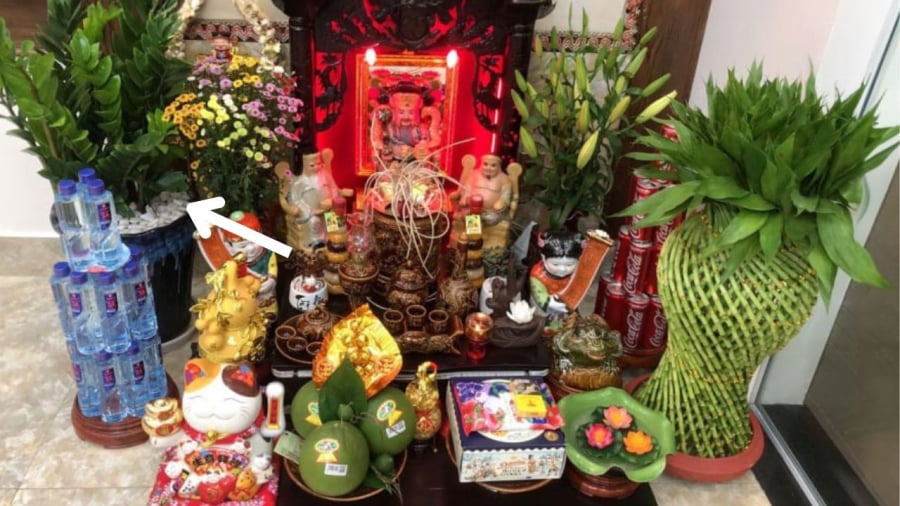
Offerings for Thần tài have different characteristics than offerings for ancestors
Offering garlic
In the belief of worshiping ancestors and Buddha, garlic is considered taboo. This is because in Buddhism, garlic, onions, and the like belong to the group of pungent flavors that should be avoided. In folk belief, garlic is believed to ward off evil spirits, so it is not suitable for ancestral worship. Therefore, in the culture of ancestral worship and Buddhism, the dishes avoid using garlic, and worshiping a whole bulb of garlic is even more unacceptable.
However, garlic is considered an offering for Thần tài. Garlic is an offering that diligent and devout people often offer to Thần tài. According to legend, Thần tài likes garlic. Moreover, garlic helps to ward off evil spirits, assisting Thần tài in dispelling demons and protecting the host’s business and fortune.
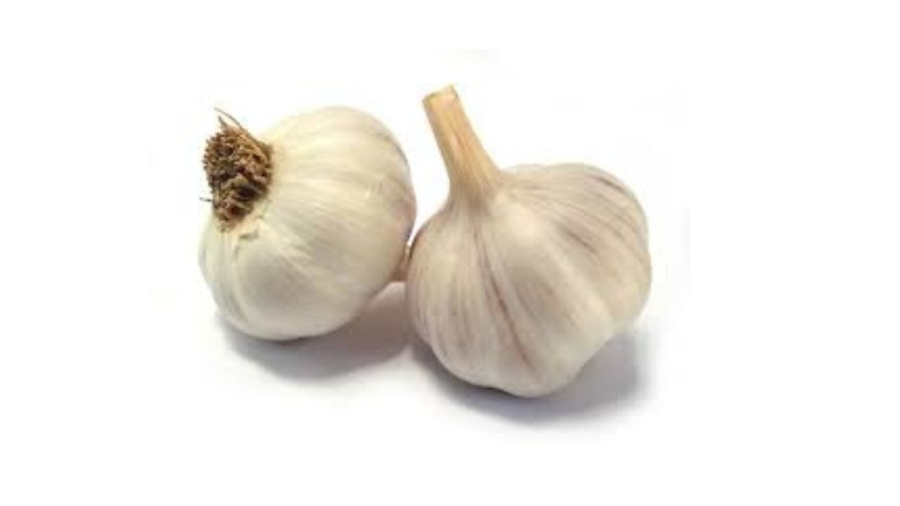
Garlic is often present on the altar for Thần tài
5 types of beans
In Vietnamese worship, it is common to worship jars of salt and rice with the hope of a prosperous and well-fed family. However, in the worship of Thần tài, you can worship 5 types of beans, representing the desire for abundance and wealth. These beans can be corn, rice, green beans, soybeans, or peanuts and black beans, representing the five elements: metal, wood, water, fire, and earth. Moreover, the 5 types of beans symbolize complete richness. For business owners, worshiping Thần tài is to seek prosperity, so worshiping these 5 types of beans is to activate the source of wealth.
You can place a plate with the 5 types of beans or buy a jar that already contains these beans to place on the altar for Thần tài.
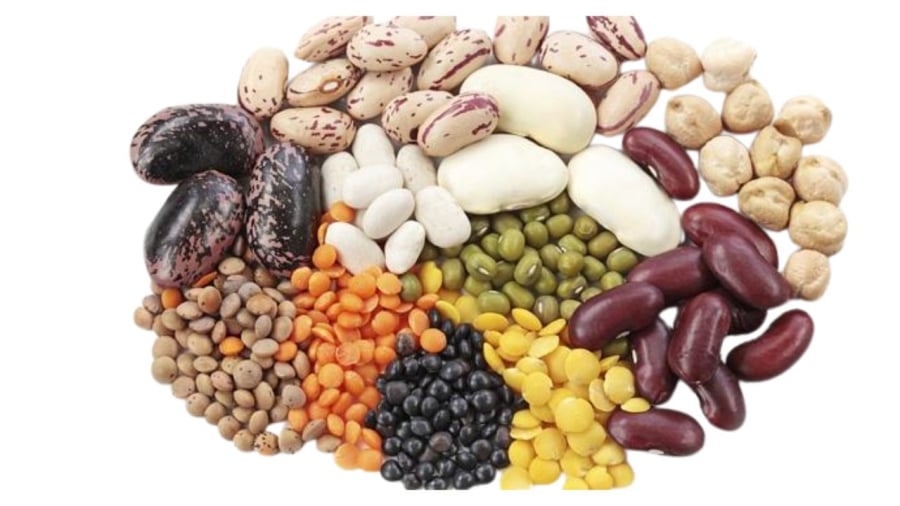
Lighting incense for the 5 types of beans on the altar for Thần tài to seek abundance
Bowl of water for flower offerings
Normally, when worshiping, many people buy flowers and place them in a vase to offer on the full moon day. However, when worshiping Thần tài, you can also place both a flower pot and a bowl of aquatic plants. Thần tài is placed on the ground while ancestral altars are placed higher. Therefore, in terms of position, it is very suitable to place a flower pot and a bowl of aquatic plants in addition to making the place more beautiful and attracting better financial luck.
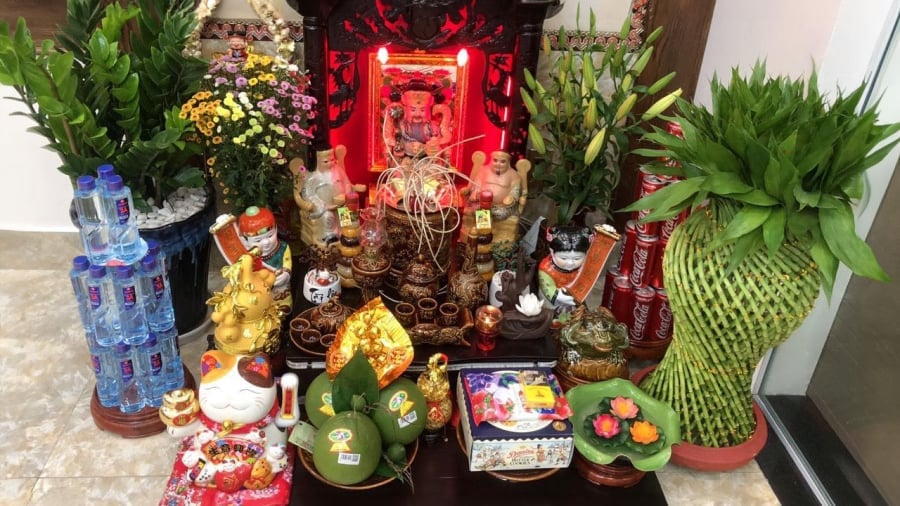
At the altar for Thần tài, you can also place a flower pot and often have a bowl of water to float flowers
Bowl of water to float flowers
In feng shui, a bowl of water to float flowers placed on the altar for Thần tài is called “minh đường tụ thủy”, which means gathering water and attracting money. According to feng shui belief, water governs wealth, so placing a bowl of water to float flowers on the altar for Thần tài helps attract more fortune. Therefore, in addition to the water jar for worshiping as on the ancestral altar, many households also have bowls of water with fresh flowers and clean water, which are changed daily. The bowl of water with floating flowers helps attract wealth, brings luck, and creates beautiful feng shui in the family and for worship.
References and practical experiences
Choosing hen for incense lighting. When to choose a rooster and when to choose a hen, many people still don’t know.
In conclusion, the ritual of lighting incense with roosters and hens in Vietnamese culture holds immense symbolic significance. It is a way of communicating with the spiritual realm, seeking blessings, and honoring ancestors. This captivating tradition adds depth and charm to Vietnam’s rich cultural heritage.



























